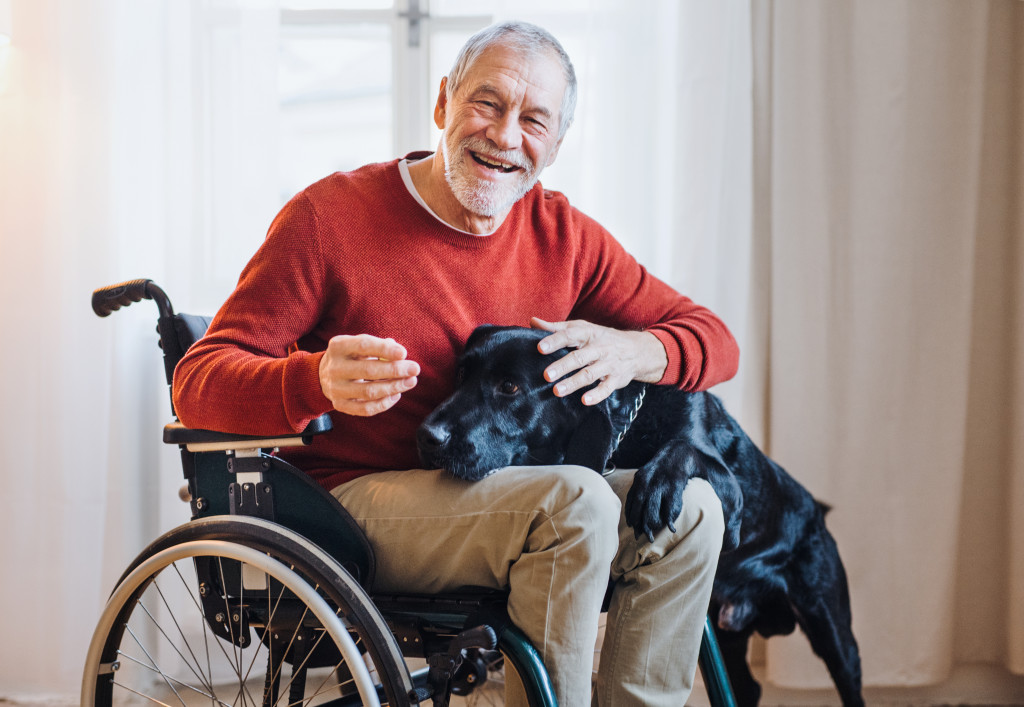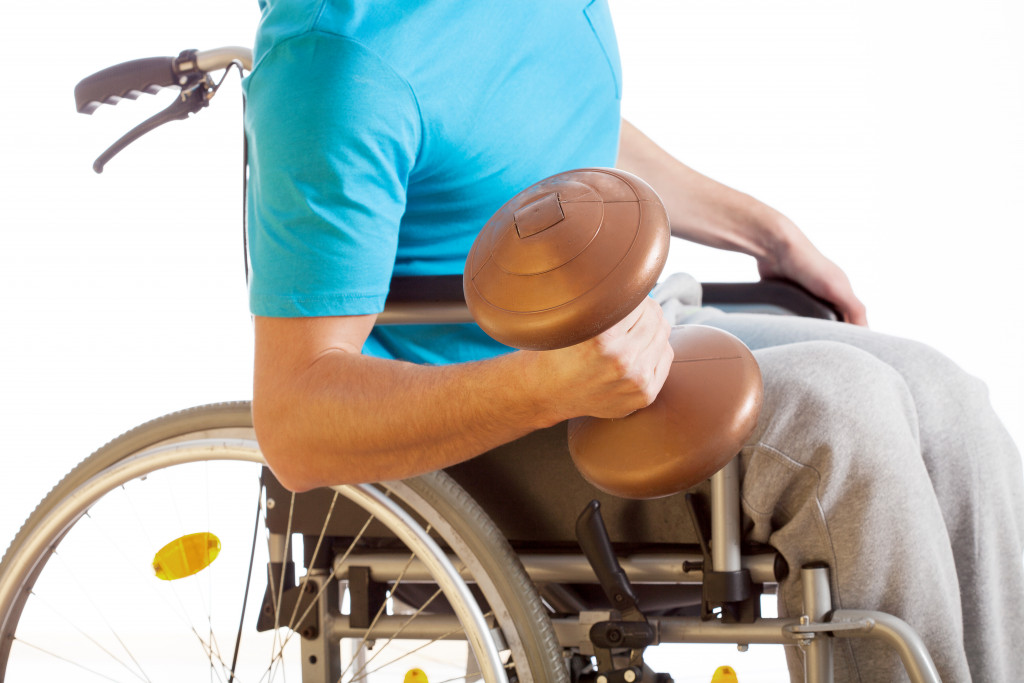- Over one billion people worldwide struggle with disabilities, often facing discrimination and accessibility issues in fitness.
- Significant fitness challenges for the disabled include limited mobility, pricey accessible equipment, and fluctuating physical abilities.
- Mental health issues like depression and anxiety can undermine motivation to exercise among disabled individuals.
- To stay fit, disabled individuals can find an accessible gym or adapt their routine to their home environment.
- A supportive community, such as an NDIS participation program, can offer designed fitness classes and motivation.
Staying fit and healthy is a challenge for everyone, regardless of their physical abilities. However, disabled individuals have a more challenging time staying in shape. There are many reasons why it’s hard to stay fit when you’re disabled, and it’s essential to understand them if you want to improve your overall health and wellness. Here’s what you need to know about disability today, reasons it’s hard to stay fit, and ways you can ensure you have sufficient physical activity to get fit.
Disability Today
It’s estimated that there are one billion disabled individuals today. This population faces a variety of obstacles, both physical and mental. Physical disabilities can make it hard for those affected to access traditional fitness programs, while mental disabilities can make it difficult to stay motivated enough to keep active.
On top of that, disabled individuals often face discrimination when trying to join in with gym activities or other fitness-related pursuits. Here are some reasons why they struggle to get fit today:
1. Accessibility Issues
One of the biggest challenges for disabled individuals regarding fitness is accessibility. Many gyms and fitness centers are not wheelchair accessible or have other physical barriers that make it difficult for disabled individuals to exercise. Accessible gym equipment can also be expensive and hard to come by.

2. Limited Mobility
Many disabled individuals have limited mobility, making it difficult to perform specific exercises or participate in certain fitness activities. This can make it harder to find an exercise routine that is both effective and enjoyable. Finding activities that work with your physical abilities and limitations is essential.
3. Medical Conditions
Many disabled individuals also have medical conditions that make it challenging to stay fit. Chronic pain, fatigue, and other health issues can make exercising or participating in physical activity harder. Working with your doctor to find a safe and effective exercise routine for your specific health needs is essential.
4. Adapting to Physical Changes
For many disabled individuals, their physical abilities may change over time. This can make adapting to a new exercise routine challenging or maintaining a once-effective fitness routine. Working with a fitness professional or physical therapist to create an exercise routine that considers any physical changes is essential.
5. Lack of Motivation
Finally, many disabled individuals struggle with a lack of motivation regarding exercise. This can be due to various factors, including depression, anxiety, and low self-esteem. It’s essential to seek support from friends, family, or a mental health professional if you’re struggling with motivation.
Ways to Stay Fit
If you’re disabled and struggling to stay fit, there are some things you can do to help. Here are a few tips for staying in shape:

Find an Accessible Gym
If you’re looking for a gym that is accessible and accommodating for disabled individuals, look for one with equipment designed with accessibility in mind. This includes adjustable benches or machines that allow access from a wheelchair or other mobility device. You should also look for gyms offering special classes and programs for disabled individuals.
Adapt Your Routine
If you can’t find an accessible gym, consider adapting your routine to the space available at home. This could include using resistance bands, furniture as makeshift weights, or even doing bodyweight exercises. You can also look online for fitness videos designed specifically for disabled individuals.
Find Support and Accountability
Finding an accountability partner or group of friends to help keep you motivated is essential if you’re trying to stay fit as a disabled individual. This could be someone who is also disabled and understands the associated challenges or even someone who will help. A community can also help you find these things. Joining a local NDIS community participation program can ensure you find a community that can support your disability. These programs also offer fitness classes specifically designed for disabled individuals.
Overcoming fitness challenges as a disabled individual can seem daunting, but remember, it’s about progress, not perfection. With a supportive community, accessible resources, and an adaptable mindset, you can engage in regular physical activities tailored to your abilities, improving your health and quality of life. Taking the first step might be difficult, but it’s always worth it.
